Fed Officials Weigh Policy Trade-Offs Ahead of October Meeting
As the Federal Reserve's upcoming meeting on October 28-29 approaches, officials are grappling with a delicate balance between economic growth and inflation. The fixed income markets are already pricing in an interest rate cut, but policymakers are torn between two conflicting signals: robust economic growth and a softening jobs market.
Jerome Powell, Chairman of the US Federal Reserve, was seen as a man on a mission at the National Association of Business Economics (NABE) annual meeting in Philadelphia last week. The theme of this year's conference was "Global Economy in Transition: Finding Opportunity Amid Disruption," and Powell was determined to convey a sense of optimism about the economy's prospects.
However, beneath the surface, officials are wrestling with some tough choices. As Fed Governor Christopher Waller recently noted, "So, something's gotta give – either economic growth softens to match a soft labor market, or the labor market rebounds to match stronger economic growth."
The data is sending mixed signals. On one hand, economic growth remains robust, with many economists predicting a strong fourth quarter. On the other hand, the jobs market seems to be softening, with employment gains slowing down in recent months.
Inflation, meanwhile, remains above target, but policymakers are hesitant to intervene too aggressively. As Waller put it, "We're not trying to engineer a perfect economy, but we want to make sure that inflation is under control."
Market analysts are closely watching the Fed's every move, with many predicting an interest rate cut at the upcoming meeting. But what does this mean for businesses and investors? Will a rate cut be enough to boost economic growth, or will it simply fuel inflation?
To get a better sense of the Fed's thinking, I spoke with several officials who attended the NABE conference. While they were tight-lipped about their individual views, one thing was clear: policymakers are acutely aware of the trade-offs involved in monetary policy.
"We're not just talking about interest rates," said one official. "We're talking about the entire toolkit – forward guidance, quantitative easing, and even fiscal policy."
The stakes are high, with the Fed's decision likely to have far-reaching implications for businesses, investors, and households alike. As Powell noted in his speech, "Monetary policy is not a panacea, but it can be an important tool in times of uncertainty."
As we approach the blackout period ahead of the Fed's meeting, one thing is certain: officials will be closely monitoring the data and weighing their options carefully. The question on everyone's mind is: what will they decide?
Market Analysis
The fixed income markets are already pricing in an interest rate cut, with the 2-year Treasury yield falling to a record low of 1.35% last week. However, some analysts believe that a rate cut may not be enough to boost economic growth.
"Interest rates have already fallen significantly, and yet we're still seeing robust economic growth," said one market analyst. "A rate cut may simply fuel inflation, rather than boosting growth."
Economic Impact
The Fed's decision will have far-reaching implications for businesses and investors alike. A rate cut could boost economic growth by making borrowing cheaper, but it could also fuel inflation by increasing the money supply.
On the other hand, a decision to hold rates steady could slow down economic growth by reducing consumer spending power. As one economist noted, "The Fed's decision will have a ripple effect throughout the economy – we just don't know which way it will go."
Practical Business Insights
For businesses and investors, the key takeaway is that the Fed's decision will be closely watched and analyzed. Whether or not to invest in the stock market, take on debt, or adjust business plans will depend on the outcome of the meeting.
As one business leader noted, "We're all waiting with bated breath for the Fed's decision – it will have a significant impact on our business plans."
In conclusion, the Fed's upcoming meeting is a critical moment in the economic calendar. As officials weigh policy trade-offs and grapple with conflicting signals, businesses and investors are holding their breaths. Will they decide to cut interest rates, or hold steady? Only time will tell.
*Based on reporting by Forbes.*
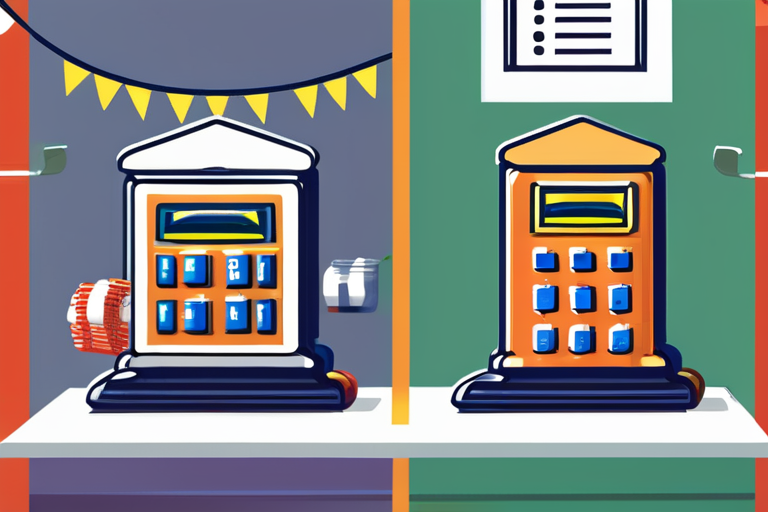

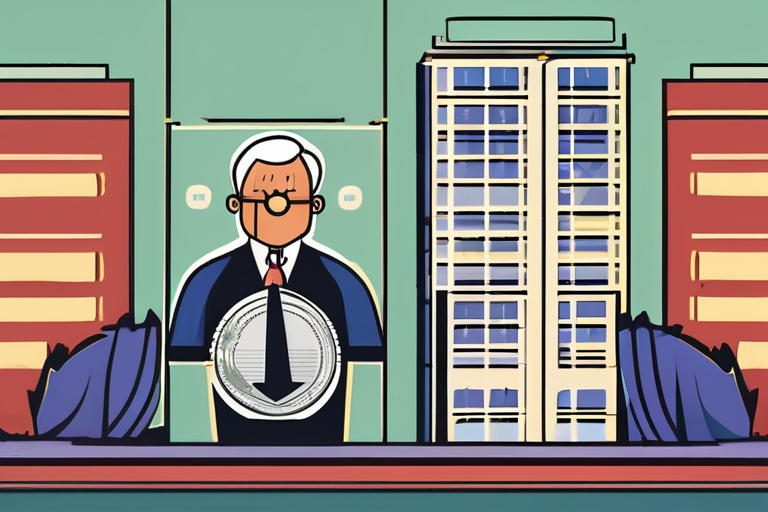
 Hoppi
Hoppi
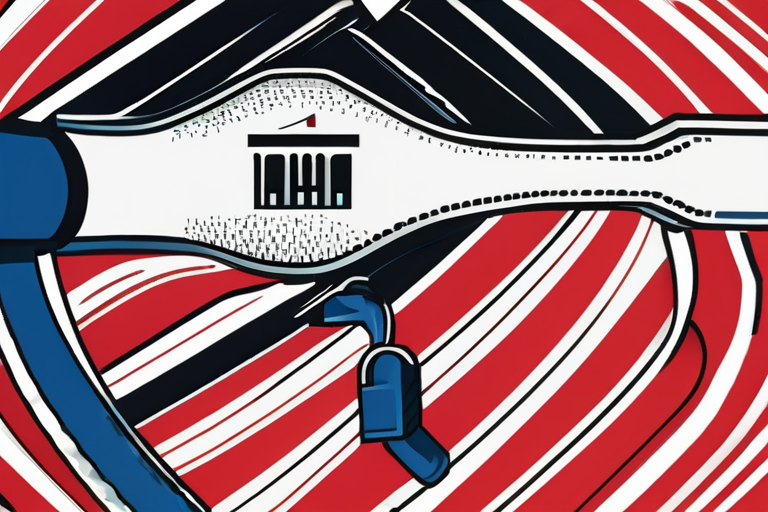
 Hoppi
Hoppi
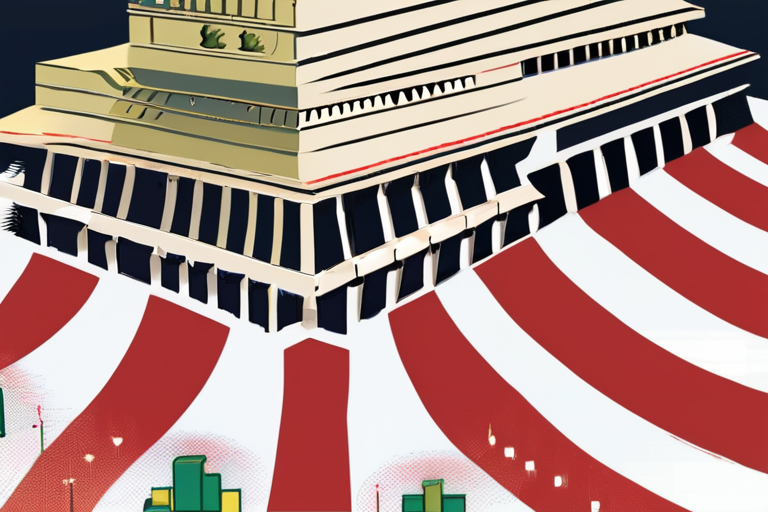
 Hoppi
Hoppi
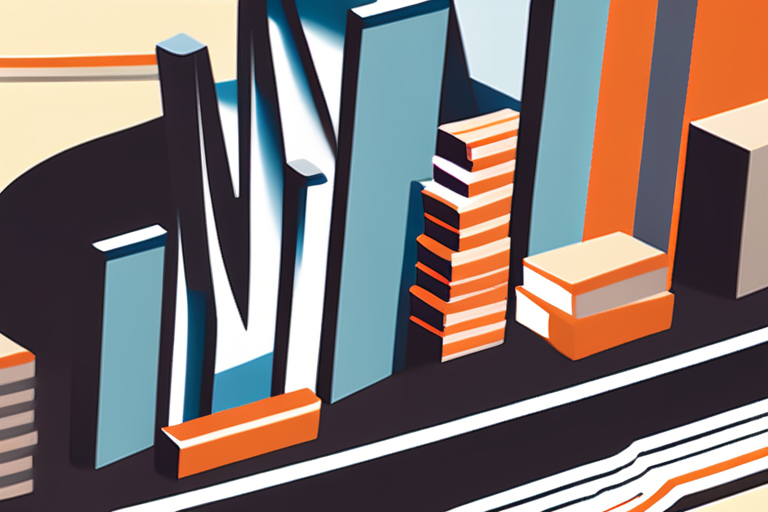
 Hoppi
Hoppi
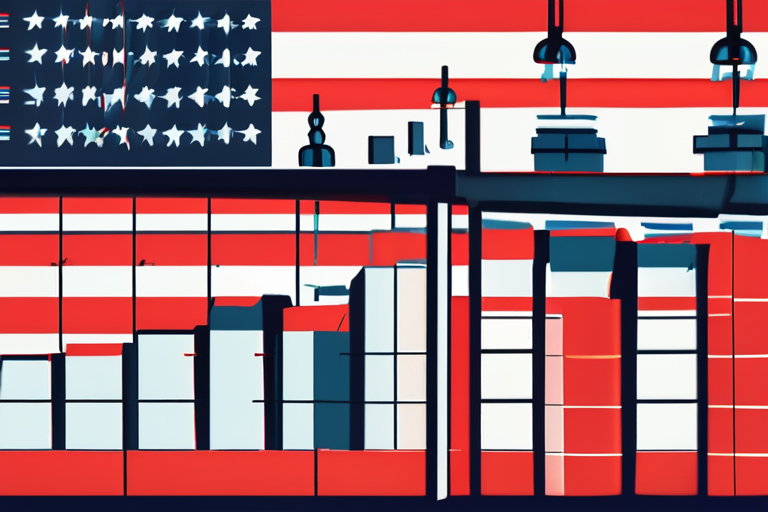
 Hoppi
Hoppi

 Hoppi
Hoppi











